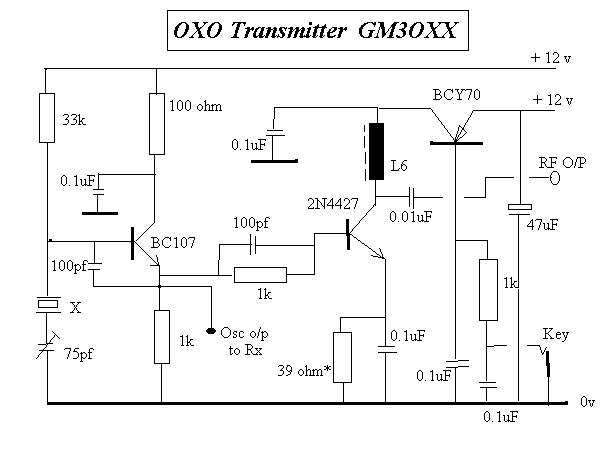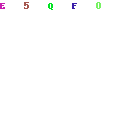 |
| Albrect AE2990 multimode |
On
G4ILO's blog I noticed a reference to Julian's Albrecht 10m/12m handheld transceiver. A quick search on the net and I see these on sale via eBay for £159. See eBay item number 181059871622. This is also sold as a Magnum 1012.
Although I have used the FT817 handheld lots of times on 15 and 10m and had some excellent contacts with it using a small base loaded whip (a counterpoise definitely helps), I have no experience of the Albrecht unit, which looks like an oversized VHF handie.
Has anyone here used one seriously for handheld DXing? If so, how did it perform? The interesting thing is this unit can be programmed for 12m, CB or 10m use by changing some solder pad links under the PTT rubber.
I can imagine that this handheld could provide hours of fun during a summer sporadic-E opening, although I would expect results to be disappointing without a counterpoise if using it handheld with ether the supplied whip or a longer whip.
True handheld DXing can be quite a challenge, but great fun. Actually being able to move the handheld around to get the best angle can sometimes really help, especially on signals coming in at odd angles. Some time ago I was going to see how many countries I could work on handheld SSB, although I've not seriously tried this lately. I much enjoy handheld DXing when on holiday in Devon from clifftop sites overlooking the sea as in these locations many dB can be gained by chosing a nice location with a slope towards the sea. One of my best contacts was a YV station on SSB (8000km) from my late mother's back garden.






